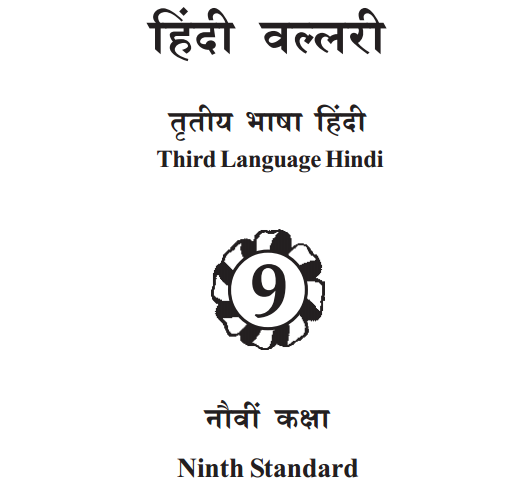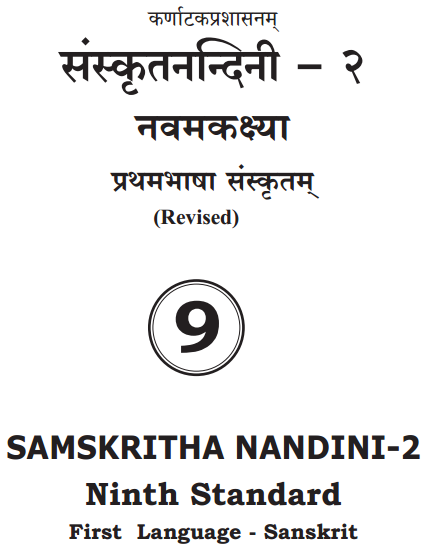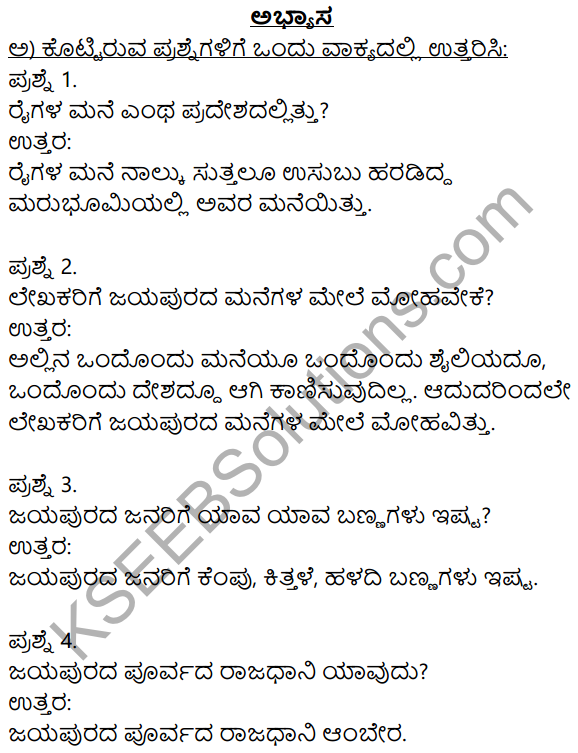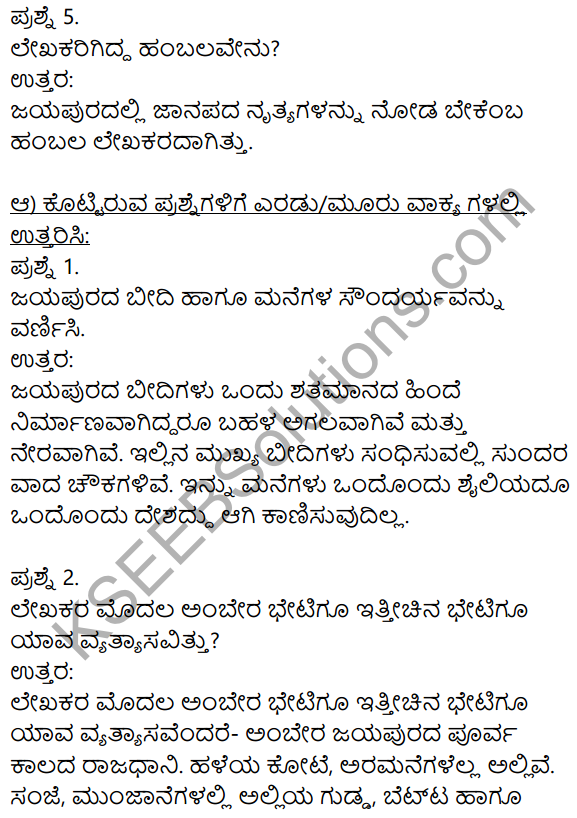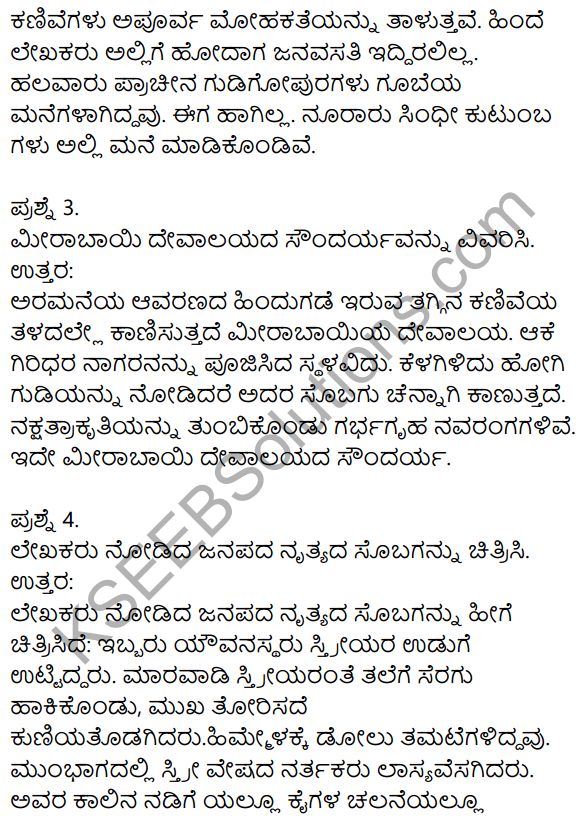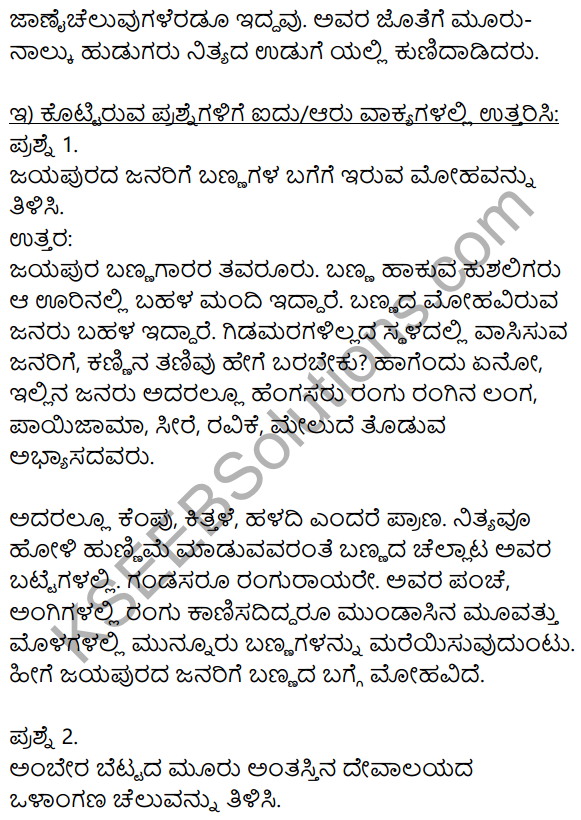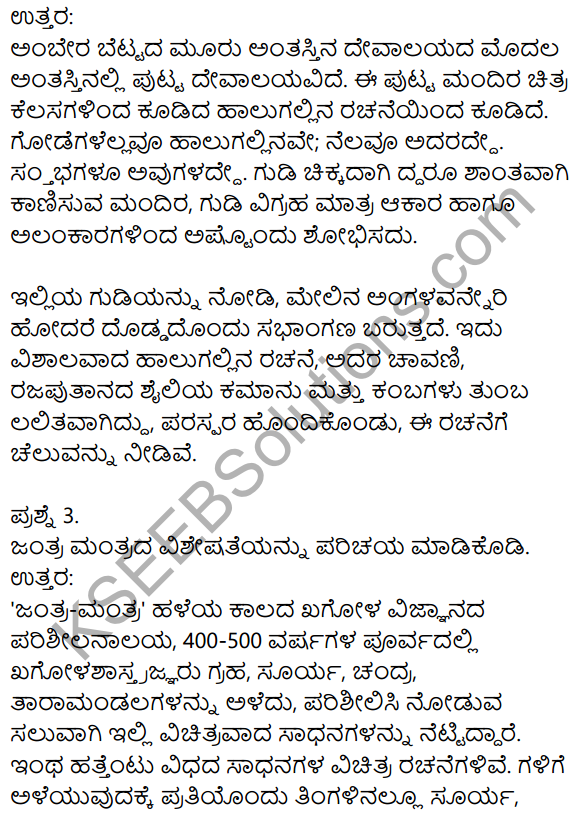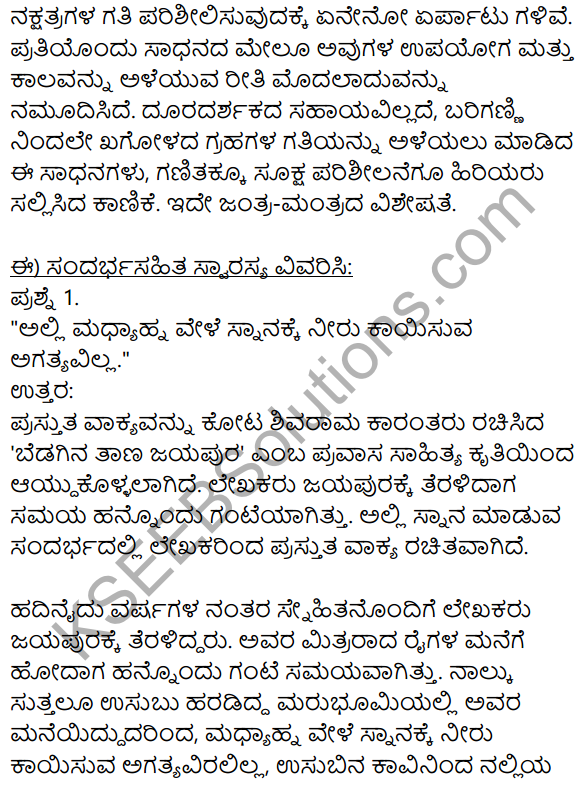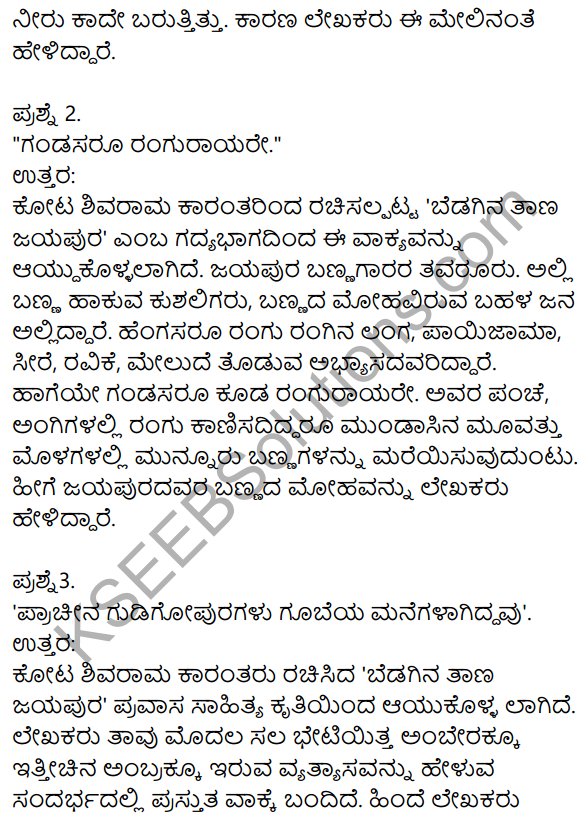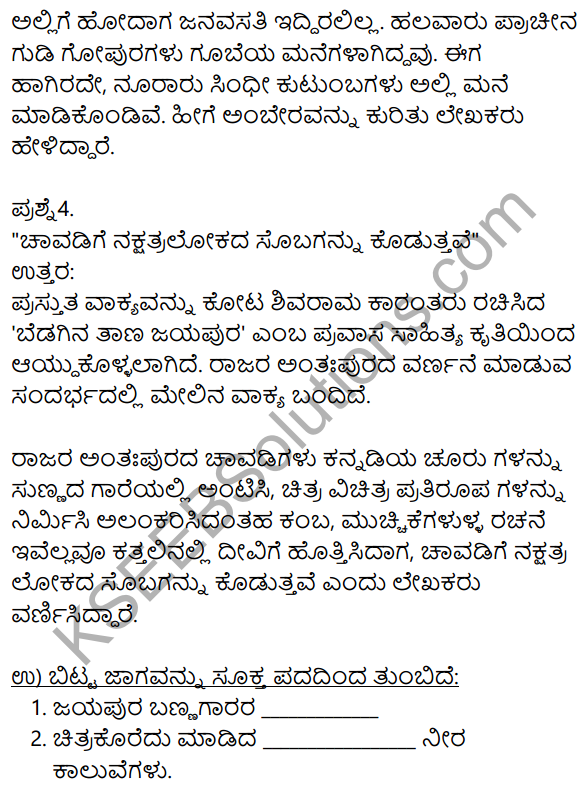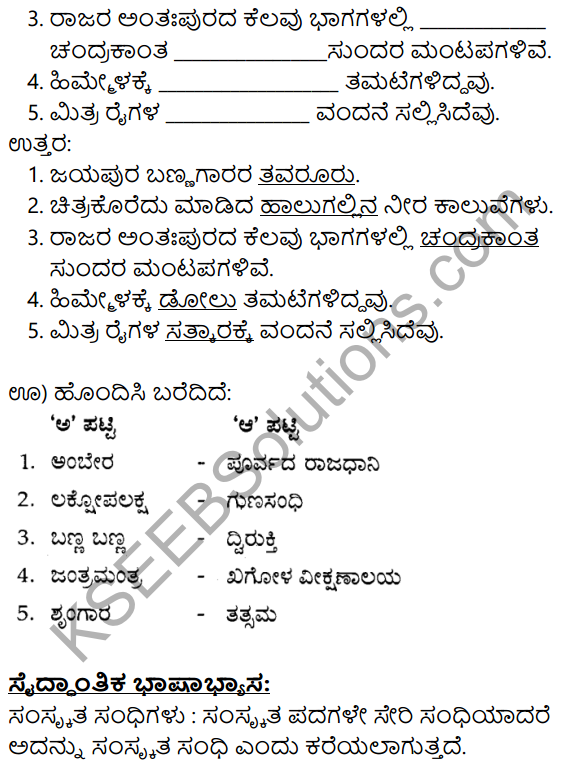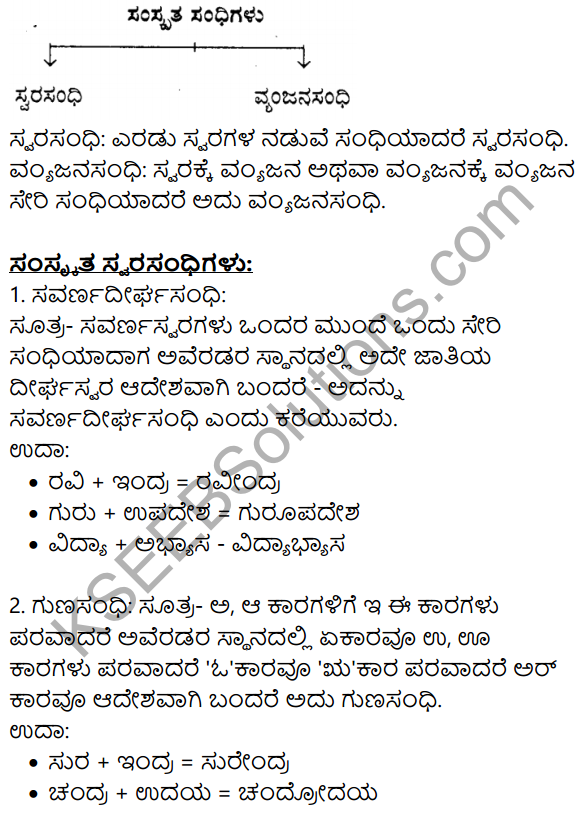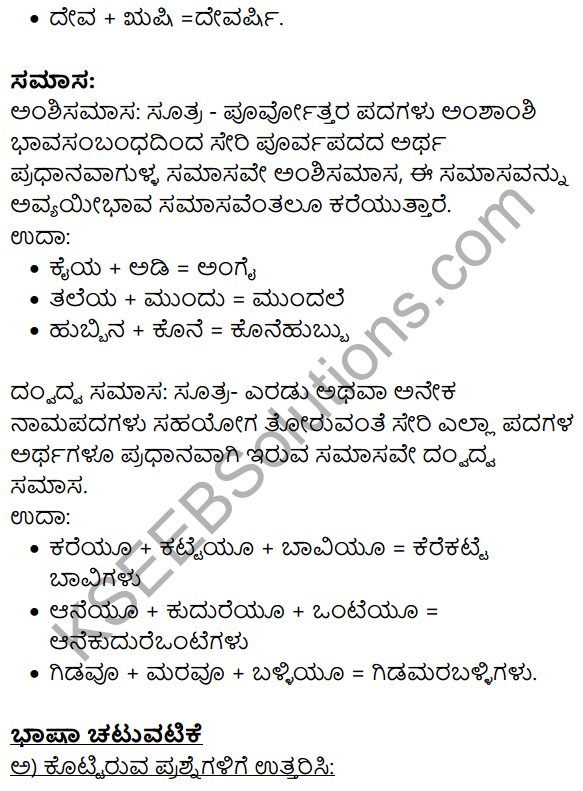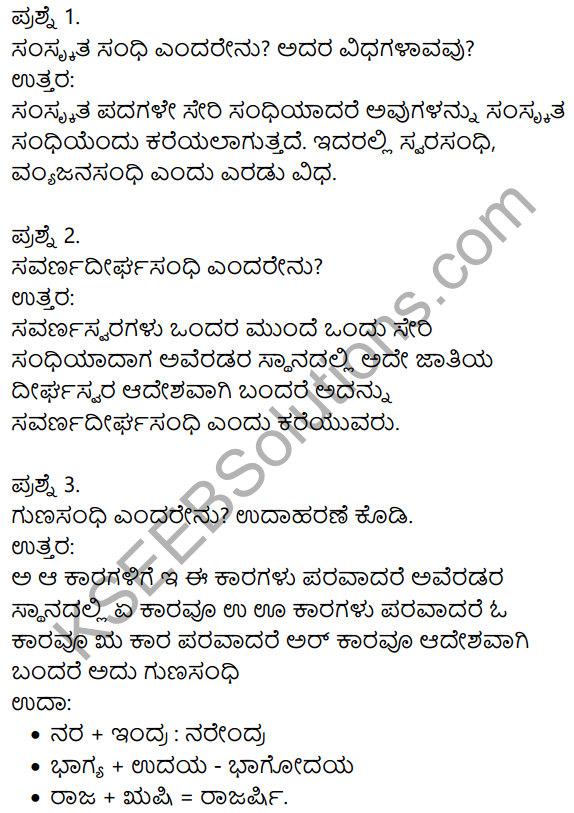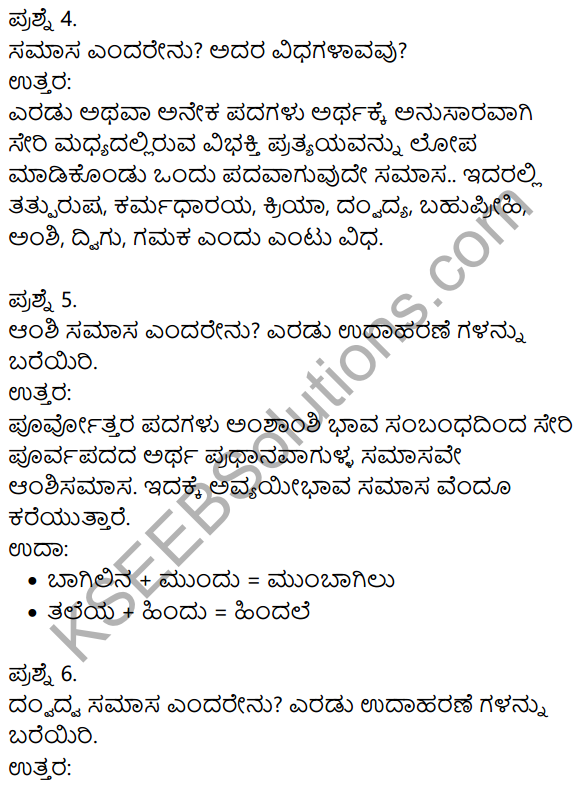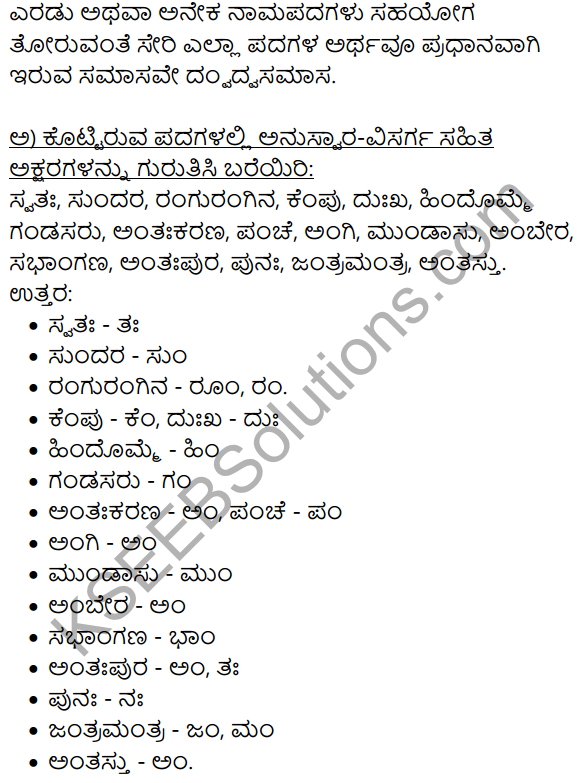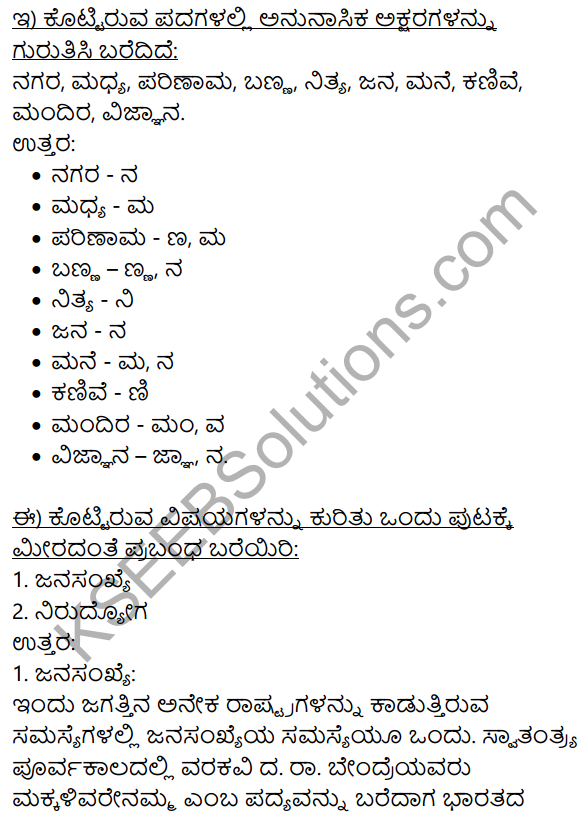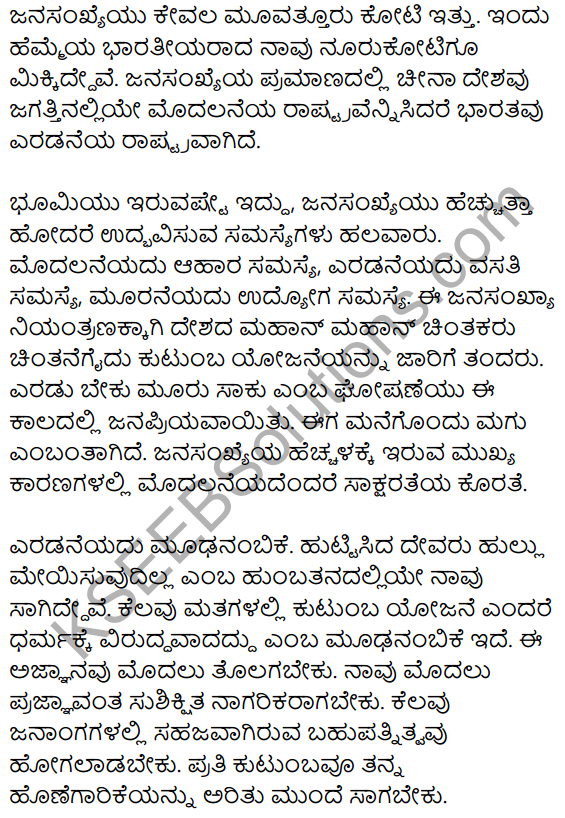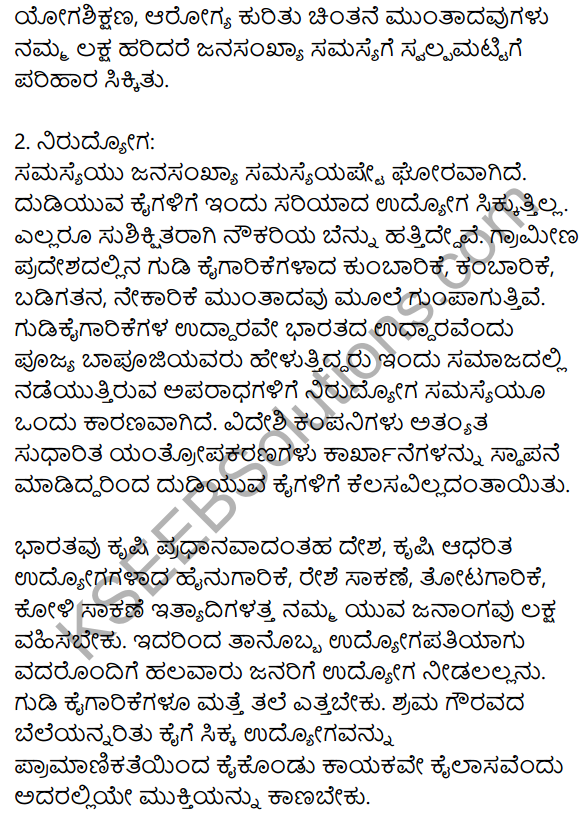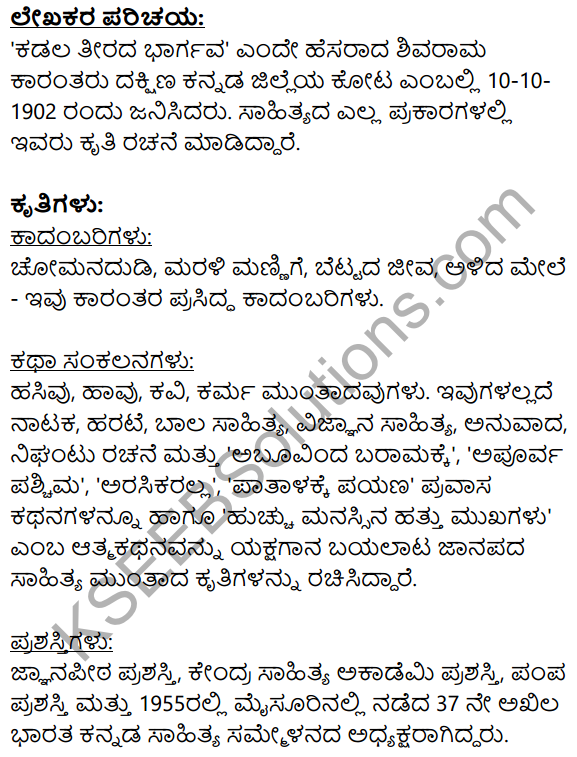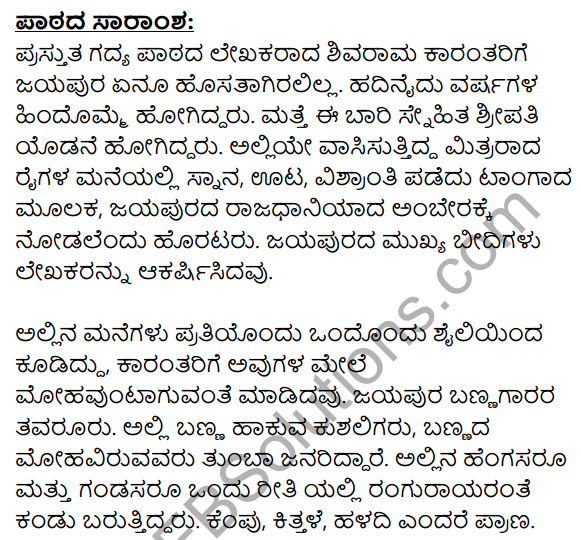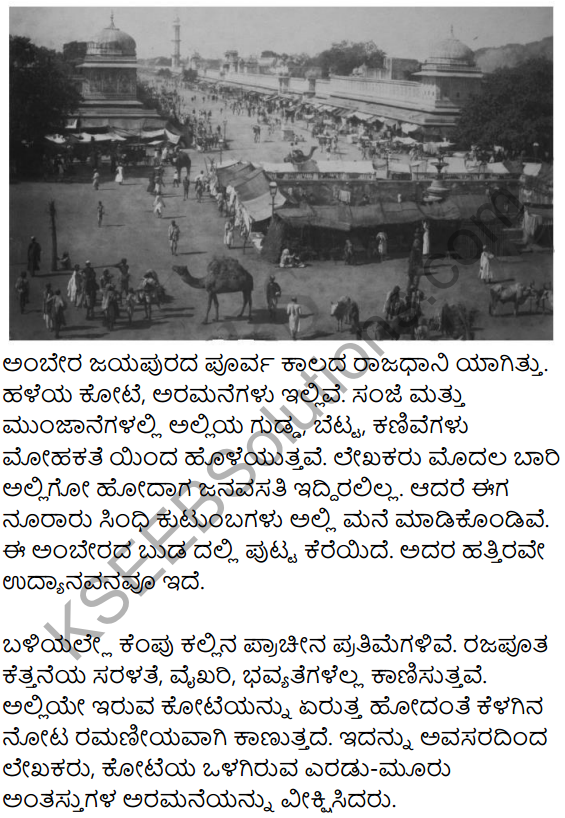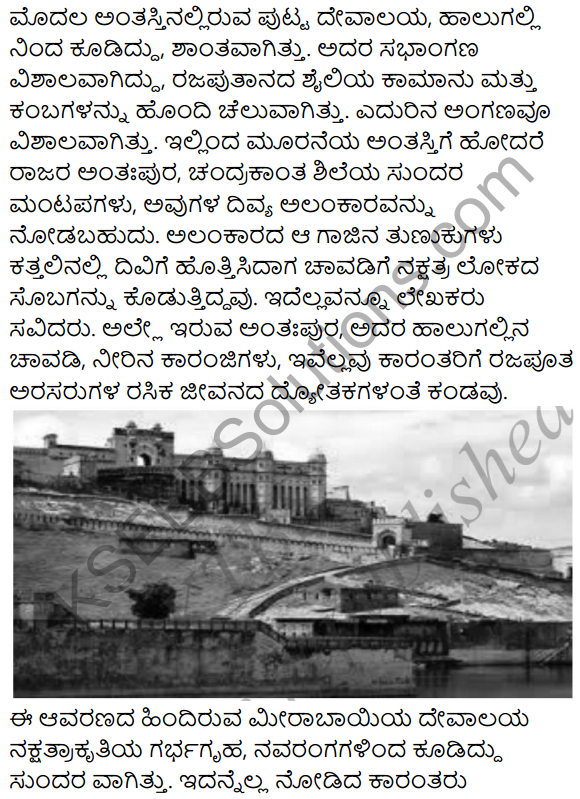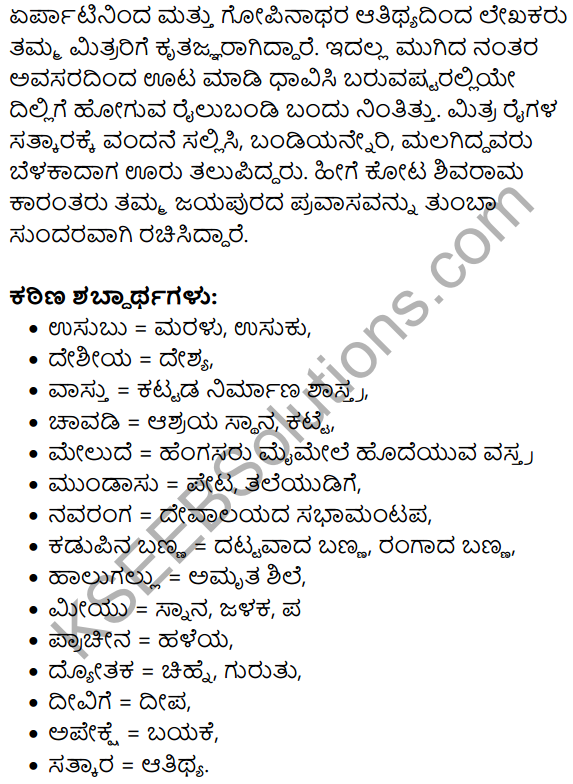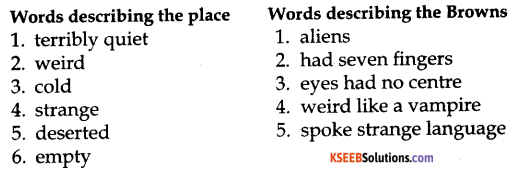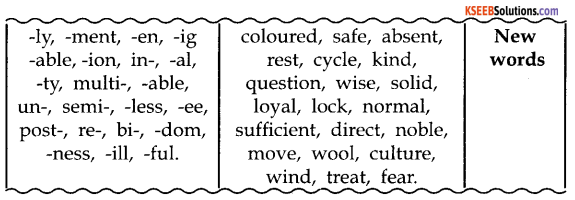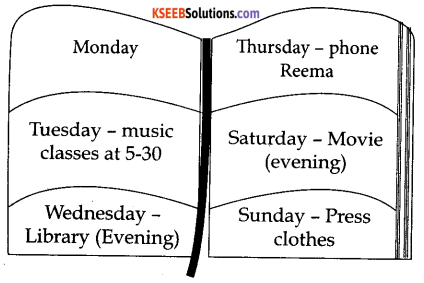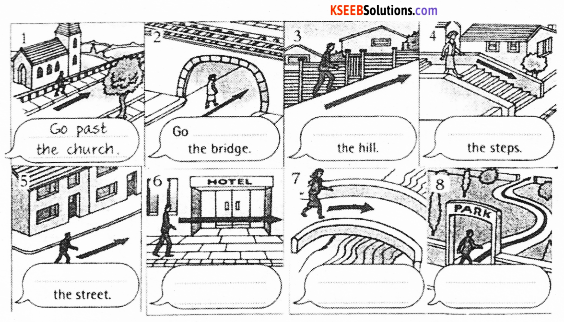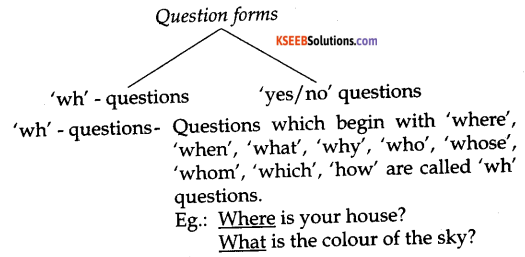Expert Teachers at KSEEBSolutions.com has created KSEEB Solutions for Class 9 Social Science Pdf Free Download in English Medium and Kannada Medium of 9th Standard Karnataka Social Science Textbook Solutions Answers Guide, Textbook Questions and Answers, Notes Pdf, Model Question Papers with Answers, Study Material, are part of KSEEB Solutions for Class 9. Here we have given KTBS Karnataka State Board Syllabus for Class 9 Social Science Textbook Solutions.
Karnataka State Board Syllabus for Class 9 Social Science Solutions in English Medium
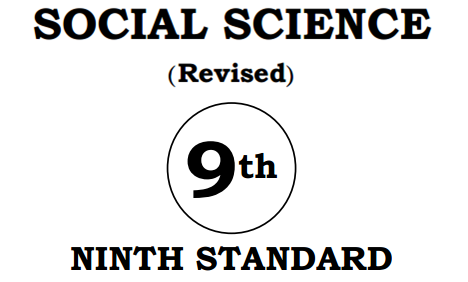
9th Class Social Science Textbook Solutions Karnataka State Syllabus
KSEEB Solutions for Class 9 Social Science History
- Chapter 1 Christianity and Islam
- Chapter 2 Medieval India & Political Transition
- Chapter 3 Religious Promotors & Social Reformers
- Chapter 4 Vijayanagar and Bahamani Kingdoms
- Chapter 5 The Moghuls and the Marathas
- Chapter 6 Bhakti Panth
- Chapter 7 Europe in the Middle Ages
- Chapter 8 Modern Europe
- Chapter 9 Revolution and Unification of Nations
KSEEB Solutions for Class 9 Social Science Political Science
- Chapter 1 Our Constitution
- Chapter 2 The Union Government
- Chapter 3 State Government
- Chapter 4 Judicial System
- Chapter 5 Indian Election System
- Chapter 6 Defence of the Nation
- Chapter 7 National Integration
KSEEB Solutions for Class 9 Social Science Sociology
KSEEB Solutions for Class 9 Social Science Geography
- Chapter 1 Our State – Karnataka
- Chapter 2 Physiographic Divisions of Karnataka
- Chapter 3 Climate, Soil, Natural Vegetation and Animals of Karnataka
- Chapter 4 Water Resources of Karnataka
- Chapter 5 Land Resources of Karnataka
- Chapter 6 Mineral Resources
- Chapter 7 Transport
- Chapter 8 Industries of Karnataka
- Chapter 9 Major Tourist Centers of Karnataka
- Chapter 10 Population of Karnataka
KSEEB Solutions for Class 9 Social Science Economics
- Chapter 1 Natural Resources
- Chapter 2 Human Resources of India
- Chapter 3 Poverty and Hunger
- Chapter 4 Labour and Employment
KSEEB Solutions for Class 9 Social Science Business Studies
Karnataka State Board Syllabus for Class 9 Social Science Solutions in Kannada Medium
9th Class Social Science Textbook Solutions Karnataka State Syllabus in Kannada Medium
KSEEB Solutions for Class 9 Social Science History Itihasa
- Chapter 1 Kraista Dharma Mattu Islam Dharmagalu
- Chapter 2 Madhyakalina Bharata Mattu Rajakiya Sankramana
- Chapter 3 Mata Pravartakaru Mattu Samaja Sudharakaru
- Chapter 4 Vijayanagara Mattu Bahamani Rajya
- Chapter 5 Moghalaru Mattu Marataru
- Chapter 6 Bhakti Panth
- Chapter 7 Madhyayugada Europe
- Chapter 8 Adhunika Europe
- Chapter 9 Krantigalu Mattu Rashtragala Ekikarana
KSEEB Solutions for Class 9 Social Science Political Science Rajyashastra
- Chapter 1 Namma Samvidhana
- Chapter 2 Kendra Sarkara
- Chapter 3 Rajya Sarkara
- Chapter 4 Nyayanga Vyavasthe
- Chapter 5 Bharatada Chunavana Vyavasthe
- Chapter 6 Deshada Rakshane
- Chapter 7 Rashtriya Bhavaikyate
KSEEB Solutions for Class 9 Social Science Sociology Samajashastra
KSEEB Solutions for Class 9 Social Science Geography Bhoogolashastra
- Chapter 1 Namma Rajya Karnataka
- Chapter 2 Prakrutika Vibhagagalu
- Chapter 3 Karnatakada Vayuguna, Mannugalu, Swabhavika Sasyavarga Hagu Prani Sampattu
- Chapter 4 Karnatakada Jala Sampanmulagalu
- Chapter 5 Karnatakada Bhu Sampattu
- Chapter 6 Karnatakada Khanija Sampanmulagalu
- Chapter 7 Karnatakada Sarige
- Chapter 8 Karnatakada Kaigarikegalu
- Chapter 9 Karnatakada Pramukha Pravasi Kendragalu
- Chapter 10 Karnatakada Janasankhye
KSEEB Solutions for Class 9 Social Science Economics Arthashastrada
- Chapter 1 Naisargika Sampanmulagalu
- Chapter 2 Bharatada Manava Sampanmulagalu
- Chapter 3 Badatana Mattu Hasivu
- Chapter 4 Srama Mattu Udyoga
KSEEB Solutions for Class 9 Social Science Business Studies Vyavahara Adhyayana
We hope the given KSEEB Solutions for Class 9 Social Science Pdf Free Download in English Medium and Kannada Medium of 9th Std Karnataka Social Science Textbook Answers Solutions Guide, Textbook Questions and Answers, Notes Pdf, Model Question Papers with Answers, Study Material will help you. If you have any queries regarding KTBS Karnataka State Board Syllabus for Class 9 Social Science Textbooks Solutions, drop a comment below and we will get back to you at the earliest.


